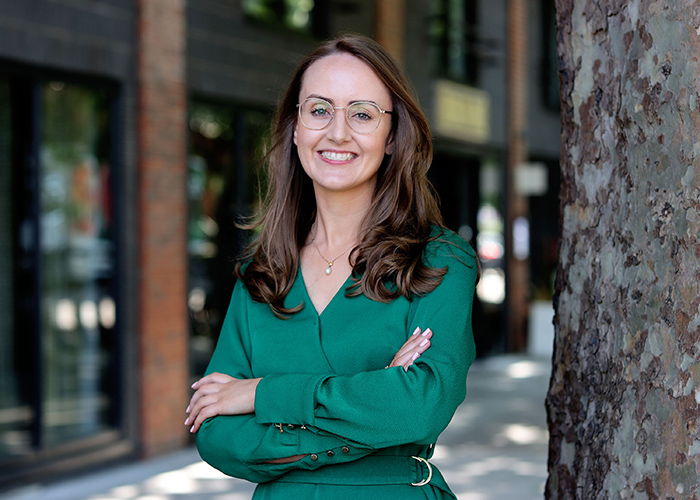A report on the Irish living sector by real estate agents Cushman & Wakefield shows the sector performed well in the first half of 2022, with institutional investment stable compared with 2021. The nine largest transactions totalled €499m, with total living investment activity at €877m, only a marginal decrease from 2021.
Cushman & Wakefield’s report covers the private rented sector, social housing, student accommodation, nursing homes and retirement communities. The largest single transaction was the Project Ruby Portfolio, consisting of 664 units in Dublin and Galway, bought by Ares Management Corporation and Generation Partners for €145m.
Despite current headwinds, the Irish market is still very attractive for foreign investors as Ireland continues to offer competitive returns compared with other European countries. Foreign capital accounted for 63% of investment in Ireland in the first half of 2022.
Key findings in Cushman & Wakefield report
Among the key findings of the report were:
- Ireland compares favourably with other European countries
- Living sector investment market saw healthy levels of activity in the first half of the year
- Nursing home investments are primed for growth as the population ages and supply remains low
- Residential units accounted for 76% of turnover in the market, student accommodation for 17% and nursing homes for 7%
- Student accommodation commencements have slowed this year
- Construction costs expected to ease
- Cost of debt is rising, impacting sentiment and the lending environment
- Green buildings and ESG are at the top of investor priority list.
Demand vastly outstripping supply
Commenting on the report, Cushman & Wakefield’s chief economist Kate English explains: “The market has performed well in the first six months of the year despite a range of issues including inflation, rising construction costs and global uncertainty triggered by the Ukraine war. Demand is still vastly outstripping supply across the market, including residential property, rental properties, student accommodation and nursing homes. Further investment into these areas is welcomed and needed. The second half of the year is likely to see the external, global concerns play a bigger role in the market. There will be some level of yield adjustment this year due to the rising cost of debt, but at this point, the adjustment is expected to be small.”
Kate English continues, ‘’We are beginning to see some anecdotal evidence suggesting construction costs are easing or are likely to ease later this year. As there is still a lack of housing stock readily available, 80% of investment activity in the living sector is forward-commit style transactions, with 20% generating income at the point of sale. Due to this, in the short term, investors may want more scrutiny of costs, contractors, timelines to completion and fixed price contracts in order to progress with transactions. This will lead to a slower second half of activity in 2022. Despite this, there is still a significant volume of investors seeking a foothold in Irish property.”




